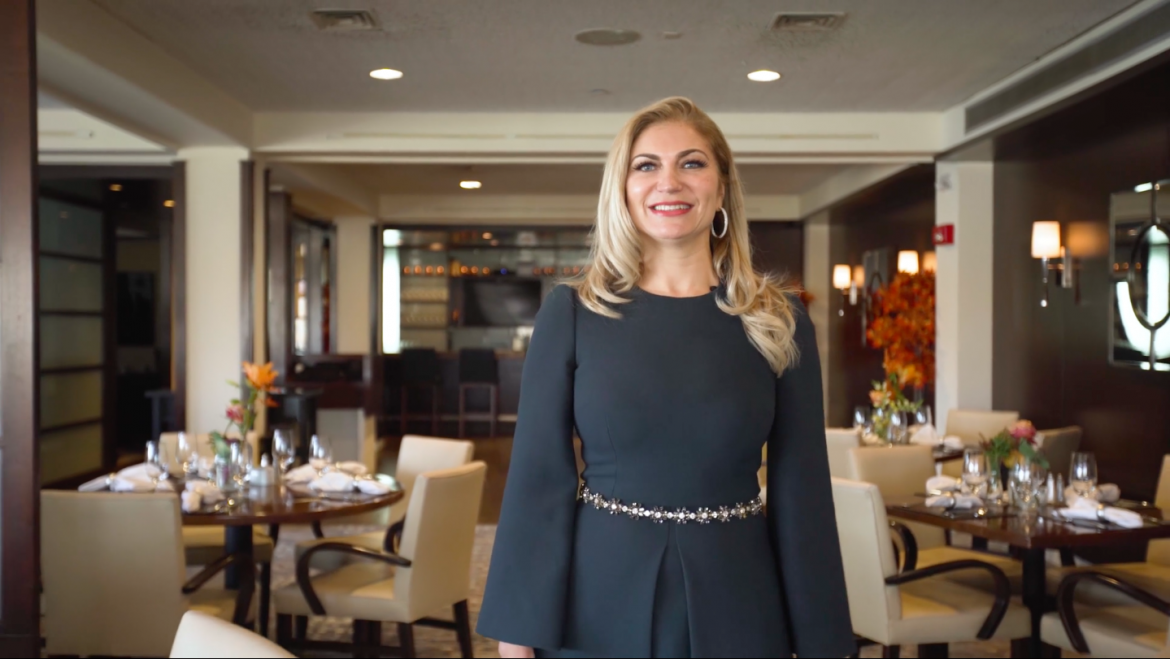Properties
5 Tips for Real Estate Agents to Create Effective Videos
by Elliman Editors
January 2018
Did you know that nearly 75% of all internet traffic today is video? And, according to YouTube reports, video consumption online is doubling every year. It should be no surprise then that 71% of businesses are planning to increase their video marketing budgets in 2018 and real estate brokers should be taking notice.
As consumers move farther away from print they are also less likely than ever to visit the home page of The New York Times on their desktop. Instead, they are getting their news on their phones through social networks and aggregators like Flipboard. In response, marketers need to re-evaluate where they invest their dollars to engage with prospects at the right time in the right way.
For real estate brokers, that means having a video strategy has become crucial because sellers want beautiful content to promote their home.
That said, in the age of Million Dollar Listing , video for real estate marketing has evolved. It’s less about naming one-by-one your property features and more about showcasing the lifestyle that goes along with acquiring a home.
Storytelling helps the buyer understand how they could make the home their own: where they would place that stunning art piece; where they would walk their dog in the neighborhood; the simplicity of their new commute to work.
“Remember when you tell your story to say it with confidence, integrity and most importantly, heart.” — Ivan Estrada , Associate Broker at Douglas Elliman
In the example above from Douglas Elliman’s Ivan Estrada , he uses the popular theme of Mid-Centry Modern design to help tell the story of his exclusive listing at 1450 El Mirador Drive in Pasadena, CA, comparing it to notable architectural masterpieces such as Frank Lloyd Wright’s ‘Fallingwater’ and the famed ‘Elrod House’ designed by John Lautner.
Rather than the number of bedrooms and square footage, what Estrada succeeds in doing in this video is to promote the home through popular themes like architecture and design while also favorably comparing it to some of the most well known examples of Mid-Century Modern design.
The video’s main takeaway is clear and effective: “If you like Frank Lloyd Wright (and who doesn’t?), you’ll like this property too.”
More and more consumers are turning to video to help them make decisions, which means real estate agents looking to cash in have to join the game. Here are 5 concrete tips to getting started:
1) Plan your video ahead
Because video marketing is expensive, you want to be as prepared as possible before doing it. Here are the steps you need to accomplish beforehand:
• Brainstorming & Planning. Start at the beginning. What are you trying to accomplish with this video? What should be the tone? Who is your audience?
• Call to action. Your video may be impactful, but if your audience doesn’t know what to do as a result of having watched it, there isn’t much point in creating it. Make sure you include a clear call to action such as, “Call to Schedule an Appointment” or “Subscribe to my YouTube Channel.”
• Storyboard. Now that you know the why, who, where, it’s time to sketch out a storyboard detailing the what. What are the important elements you want to promote in this video? Write out your video from beginning to end. Ask for input from friends and colleagues!
2) Think about the equipment
Implementing an impactful video strategy is a long-term project. Don’t expect results straight away. Similar to building your social media presence, it will take time and practice to become good on camera, get the pace right, and be ready to invest a higher portion of your marketing budget. Here are 3 levels to get started:
• Use a smartphone! Your iPhone 7, Samsung Galaxy or Google Pixel have extremely capable cameras that could deliver quality video content.
Ivan Estrada’s Tip: Use a stabilizer or a tripod to reduce shakiness and make sure to assess lighting before you shoot.
• Use a camcorder like a Sony HD handy cam or Canon Vixia.
Ivan Estrada’s Tip: Purchase a microphone (lavalier or boom mic) and lighting (light ring or lamp panel)
• Hire a professional videographer or film crew.
Ivan Estrada’s Tip: There are lots of motivated students at Film Schools looking to create a portfolio, ask your Facebook friends for recommendations or post an ad on Craigslist.
3) Have everything ready for the day of the shoot
It’s the big day, so make sure you have everything ready!
• Plan your shoot. Do a walkthrough before and take photos and videos you can use for promotion on other platforms.
• Avoid shaky shots. Use a stabilizer.
• Consider lighting. Make good use of natural light. Maintain lighting consistency among the scenes of your story.
• Charge your battery.
• If shooting with your phone, make sure there’s room for video content.
4) Edit and cut down
Attention spans are contracting. 56% of all videos published in 2016 were less than 2 minutes long. It’s key that you avoid the 6-minute video that looks generic. Follow your storyboard, get creative and tell stories but keep them concise. Here are some editing options:
VIDEO APPLICATIONS
I-Movie
Magisto
Overvideo
VIDEO SOFTWARE
I-Movie
Final Cut Pro
Adobe Premier
FREE MUSIC
Audio Jungle
YouTube Music
Royalty Free
PAID MUSIC
Itunes
Artlist.io
Musicbed
Ivan Estrada’s Tip: Make sure to use subtitles too!
5) Publish and promote
Every platform favors different formats and different content.
INSTAGRAM –> Keep the videos short, 30sec max. Focus on impactful moments and encourage people to head to your YouTube channel to discover the full tour.
FACEBOOK –> 60sec max. Try to edit the video to tell a story and highlight the key details with superimposed text. Most people view Facebook videos on their phones and do not use sound.
YOUTUBE –> You can host your longer videos on YouTube. Make sure your titles and descriptions are optimized for search, using the address of the listing and including a link back to the listing’s page online.




